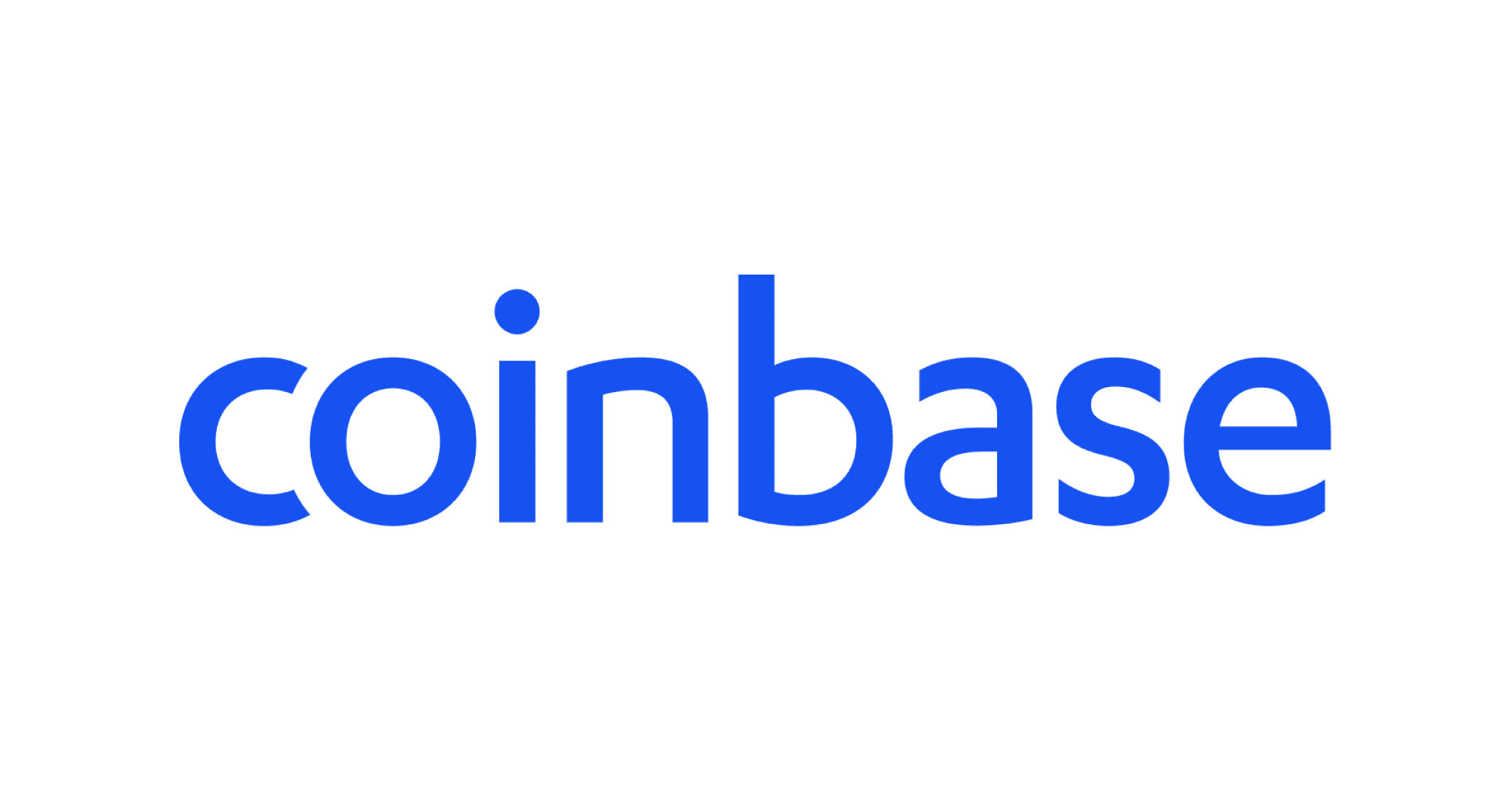
Coinbase Exchange Review: Security, Fees, Features, and User Experience
Coinbase is one of the most recognizable crypto exchanges in the world. Launched back in 2012, it quickly became a go-to platform for millions of users. It was also the first major crypto company to go public on Nasdaq, which added a lot to its credibility. Today, Coinbase serves tens of millions of people and handles billions in trading volume every quarter.
What attracts newcomers most is the simplicity. The interface is clean and intuitive, so buying Bitcoin or Ethereum takes just a couple of clicks. On top of that, Coinbase offers an education hub that explains the basics of crypto and safe investing.
The coin selection is solid too — more than 50 assets, including Bitcoin, Ethereum, Cardano, Litecoin, and even Dogecoin.
And, of course, the biggest selling point is security. About 98% of funds are kept offline in cold storage, and there’s additional insurance to protect users.
The Downsides
Now for the flipside. Coinbase isn’t cheap. Fees are higher compared to many competitors. If you’re buying with a card, you could be paying close to 4% in fees, plus a spread between the market and purchase price. For active traders, that adds up quickly.
Another drawback is control. If you keep your coins directly on Coinbase, you don’t actually hold your private keys. For full control, you need to use Coinbase Wallet — a separate app that gives you access to your keys.
Buying and Selling
You can trade dozens of cryptocurrencies here, from Bitcoin and Ethereum to stablecoins like USDC and USDT. The minimum trade is just $2, so you can start small.
Most people just keep their funds on Coinbase for convenience, but if you want full ownership, the Wallet app is the better choice.
Fees in Practice
There are two costs to be aware of: the spread and the actual fee.
- Spread is usually around 0.5%, but it can be up to 2% when swapping crypto to crypto.
- Fee depends on the amount and payment method. Examples:
- Up to $10 — $0.99
- Up to $25 — $1.49
- Up to $50 — $1.99
- Up to $200 — $2.99
Or percentage-based: 1.49% for bank transfers, 3.99% for cards and PayPal.
To put that into perspective: buying $50 worth of Bitcoin with a bank account leaves you with about $47.76 after fees and spread.
Other Costs
- ACH deposits: free.
- Bank wire: $10 incoming, $25 outgoing.
- PayPal: 2.5%.
Security
Coinbase takes security very seriously: cold storage, two-factor authentication, fingerprint and Face ID login — the works.
Still, it’s important to note that insurance doesn’t cover everything. If someone hacks your personal account because of a weak password, you won’t be fully protected.
Extra Features
- Coinbase Earn lets you learn about crypto and earn small rewards.
- Coinbase Pro offers lower fees and more advanced trading tools.
- Coinbase Wallet gives full control over your keys and access to DeFi.
Who It’s For
Coinbase is perfect for beginners and long-term holders who want a straightforward way to buy and store crypto. Everything is user-friendly, and the platform feels safe.
For active traders, Coinbase Pro is a better option with lower fees and better tools.
The main drawback is cost. Fees are high compared to other platforms, but for many users, the convenience and security make up for it.

